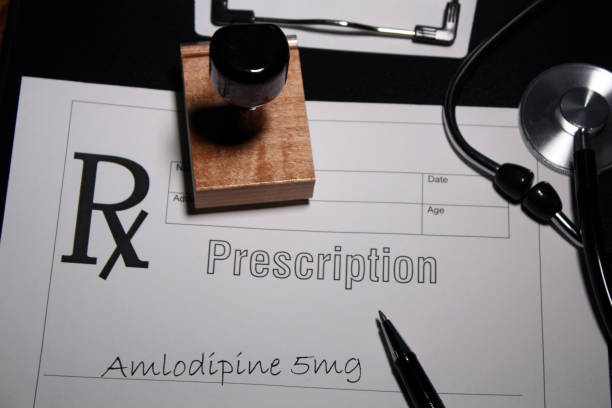The ONE organ responsible for high blood pressure.
Top 5 Alternatives to Amlodipine

Amlodipine is a generic drug prescribed to treat high blood pressure. In addition to treating high blood pressure, amlodipine is approved to treat angina and other coronary artery disease problems. Amlodipine is also known by the trade name Norvasc. It acts as a calcium channel blocker (CCB), which relaxes blood vessels to relieve pressure on the heart and allow blood to pump more freely.
In some cases, the amlodipine alternative may be recommended if amlodipine is ineffective or causes side effects. One of the most common side effects of amlodipine is edema, or swelling of the hands, legs or feet. There are several alternatives to amlodipine, including other CCBs, angiotensin-converting enzyme (ACE) inhibitors, angiotensin II receptor blockers (ARBs), beta-blockers and diuretics.
5 best alternatives to amlodipine
1. other calcium channel blockers (such as nifedipine, diltiazem or verapamil)
Amlodipine is a dihydropyridine CCB that mainly acts on blood vessels. Other dihydropyridine CCBs include nifedipine, felodipine, lercanidipine and barnidipine. Studies suggest that lercanidipine has a lower risk of causing edema as a side effect than amlodipine. Other studies show that barnidipine is similarly effective to amlodipine without causing intolerable side effects.
Diltiazem and verapamil are non-dihydropyridine CCBs that have a greater effect on the heart than dihydropyridine CCBs. These types of CCBs can be a good alternative to amlodipine when used to treat angina instead of high blood pressure.
2. ACE inhibitors (such as lisinopril, ramipril or benazepril)
ACE inhibitors are a potential alternative to CCBs. They are effective blood pressure medications approved by the FDA. These drugs work by blocking the enzyme that helps produce angiotensin II, the chemical that leads to blood vessel constriction. By blocking the production of angiotensin II, ACE inhibitors can relax blood vessels and lower blood pressure. ACE inhibitors are commonly prescribed as first-line medications for high blood pressure, although they can also be used to treat other conditions such as heart failure and heart attacks.
3. ARBs (such as losartan, telmisartan or candesartan)
ARBs are drugs for high blood pressure that work by blocking the effects of angiotensin II. More specifically, they block angiotensin II receptors to prevent the action of angiotensin II. The result is vasodilation and relaxation of blood vessels, leading to lower blood pressure. Examples of ARBs include losartan and candesartan. These drugs are effective alternatives to amlodipine, especially in people who may be allergic to amlodipine.
4. beta-blockers (such as carvedilol, metoprolol or bisoprolol)
Beta-blockers work by blocking the action of certain hormones, such as epinephrine (adrenaline), which helps the heart beat more slowly and with less force. They are often prescribed to treat cardiovascular problems such as angina and high blood pressure. Because of their effect on heart rhythm, beta-blockers can also help treat heart problems such as atrial fibrillation (AFib). Examples of beta-blockers include atenolol and bisoprolol.
5. diuretics (such as hydrochlorothiazide)
Thiazide-like diuretics are a commonly prescribed alternative to amlodipine. Studies and guidelines conclude that CCBs or diuretics are more effective than other blood pressure medications in black or elderly people. They work by blocking sodium and water reabsorption in the kidneys, which increases urine output and decreases overall blood volume to help lower blood pressure. Examples of diuretics include indapamide, hydrochlorothiazide and chlortalidone.
Translated from www.DeepL.com/Translator (free version)
[cool_tag_cloud on_single_display="local"]









